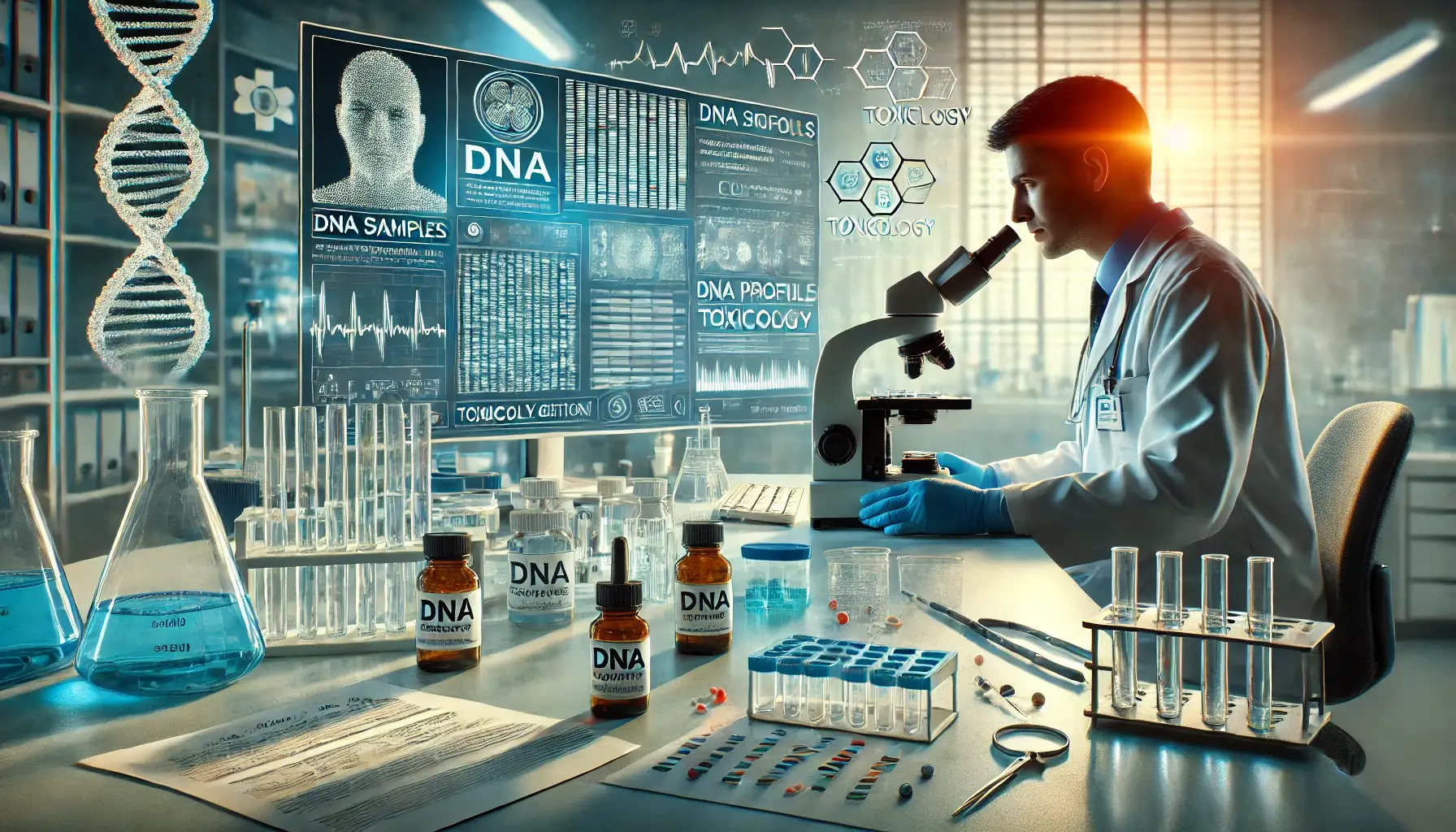“Precise” refers to the degree of closeness or consistency between multiple measurements or values taken under the same conditions. It indicates how well these measurements agree with each other, regardless of whether they are accurate or not. Precision is a critical concept in measurement and scientific analysis. Here are some key points about precision:
- Reproducibility: Precision is a measure of the reproducibility or repeatability of measurements. When multiple measurements of the same quantity are made, precision reflects how closely those measurements cluster or group together.
- Closeness of Values: In precise measurements, the values obtained are very close to each other, with minimal variation or scatter. This means that the data points cluster around a central or average value.
- Consistency: Precise measurements are characterized by their consistency and stability over repeated trials or observations. They may exhibit minimal random errors, indicating a high degree of reliability.
- Precision vs. AccuracyIn scientific and measurement contexts, "accuracy" refers to the degree of proximity or closeness between a measured value and the true or actual value of the measured quantity. Accuracy indicates how well a measurement reflects the correct value. Here are key points about accuracy: • True Value: Accuracy assesses how closely a measurement or reading corresponds to the true, known, or accepted value of the quantity being measured. It is a measure of correctness.
• Error Measurement: The degree of accuracy is often expressed in terms of measurement error, which is the difference between the measured value and the true value. An accurate measurement has a minimal error.
• High Accuracy: A measurement or instrument is considered highly accurate when its readings are very close to the true value, with minimal or negligible error.
• Precision vs. Accuracy: Accuracy should not be confused with precision. Precision relates to the reproducibility and consistency of measurements. While accuracy addresses correctness, precision addresses how closely repeated measurements agree with each other.
• Example: If a laboratory balance measures the weight of a sample as 4.55 grams, and the actual weight of the sample is indeed 4.55 grams, the measurement is considered accurate.
• Error Sources: Errors in measurements can arise from various sources, including instrument calibration, environmental conditions, operator technique, and inherent limitations of the measurement device.
• Accuracy Assessment: To assess accuracy, calibration processes and standardization procedures are often employed to ensure that measurement instruments are correctly aligned with known reference standards.
• Quantitative Evaluation: Accuracy can be quantitatively evaluated by calculating the absolute or relative error, which expresses the difference between the measured value and the true value as a percentage or a fraction.
• Importance: In scientific research, quality control, manufacturing, and various fields, accuracy is essential for making informed decisions, ensuring product quality, and achieving reliable and credible results.
• Measurement Instruments: The accuracy of measurement instruments is a critical consideration in fields such as metrology, engineering, chemistry, and physics, where precise and accurate measurements are vital.
• Verification and Validation: To ensure the accuracy of measurements and instruments, verification and validation processes are often carried out, including testing and comparing results against reference standards.
In summary, accuracy in measurement refers to the degree of closeness between a measured value and the true or actual value of the quantity being measured. It is a fundamental concept in scientific research, quality control, and various industries where precise and reliable measurements are essential for making informed decisions and ensuring the quality and integrity of processes and products. More: Precision should not be confused with accuracy. While precision relates to the agreement among repeated measurements, accuracy refers to how closely those measurements align with the true or accepted value. A measurement can be precise but not accurate if it consistently deviates from the true value by the same amount. - Measurement Uncertainty: Precision is often associated with measurement uncertainty, which quantifies the range within which a measurement is likely to fall. A precise measurement typically has a smaller measurement uncertainty, indicating higher confidence in its reliability.
- Statistical Analysis: Statistical methods, such as standard deviation and standard error, are commonly used to assess and quantify precision. These tools provide a numerical measure of the spread or dispersion of data points.
- Instrument Precision: Precision can also be a characteristic of measurement instruments and equipment. Instruments with high precision produce measurements that are consistent and closely grouped.
- Applications: Precision is crucial in various scientific and technical fields, including chemistry, physics, engineering, and manufacturing. It is essential for quality control, data analysis, and ensuring the reproducibility of results.
- Trade-Off with Accuracy: In practice, there can be a trade-off between precision and accuracy. Achieving higher precision may require more careful calibration and control of experimental conditions, but it may not necessarily improve accuracy if systematic errors are present.
Precision refers to the degree of closeness or agreement among multiple measurements or values. Precise measurements exhibit minimal variation or scatter, indicating high consistency and reproducibility. Precision is a key aspect of measurement quality and is vital in scientific research, quality assurance, and data analysis.



